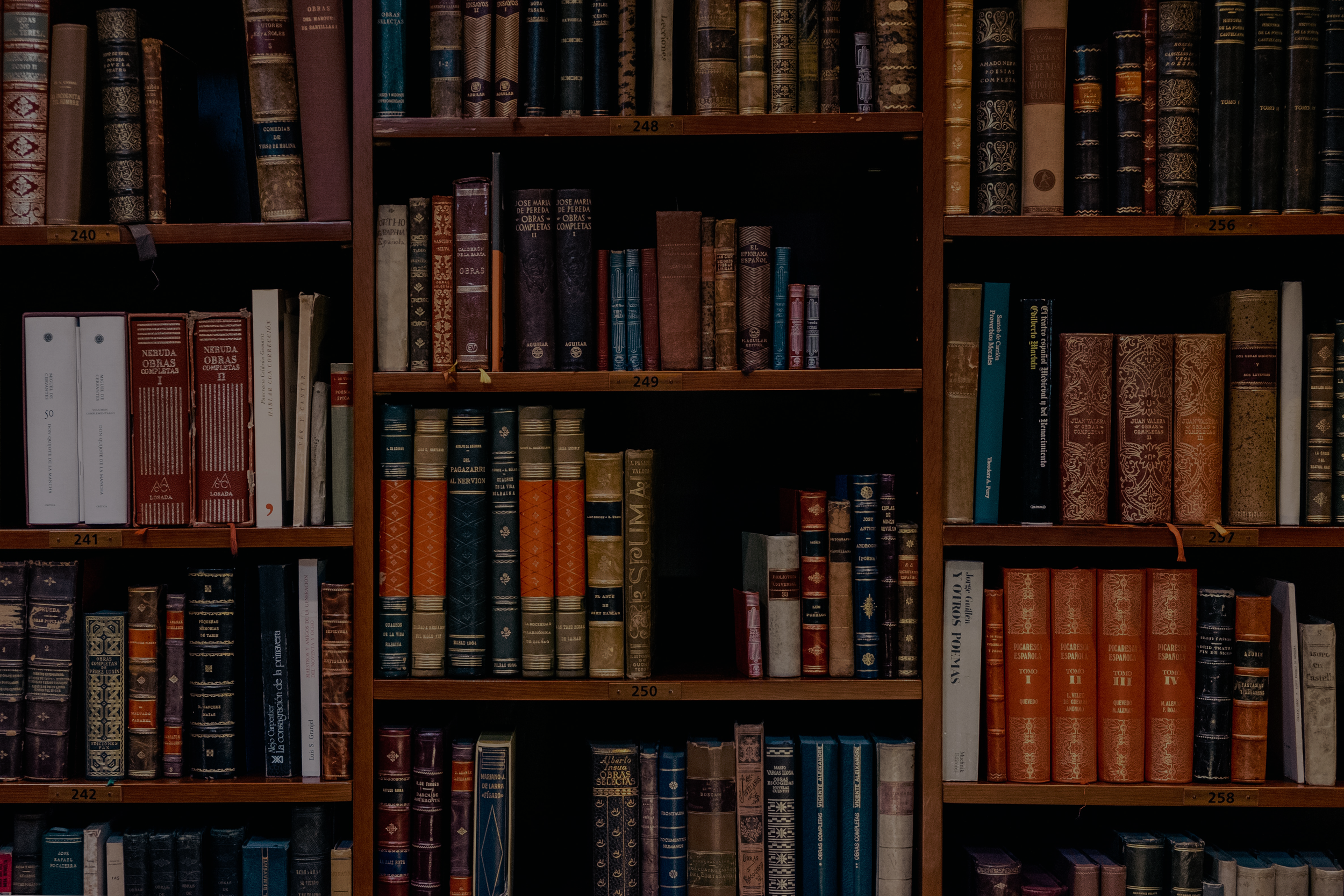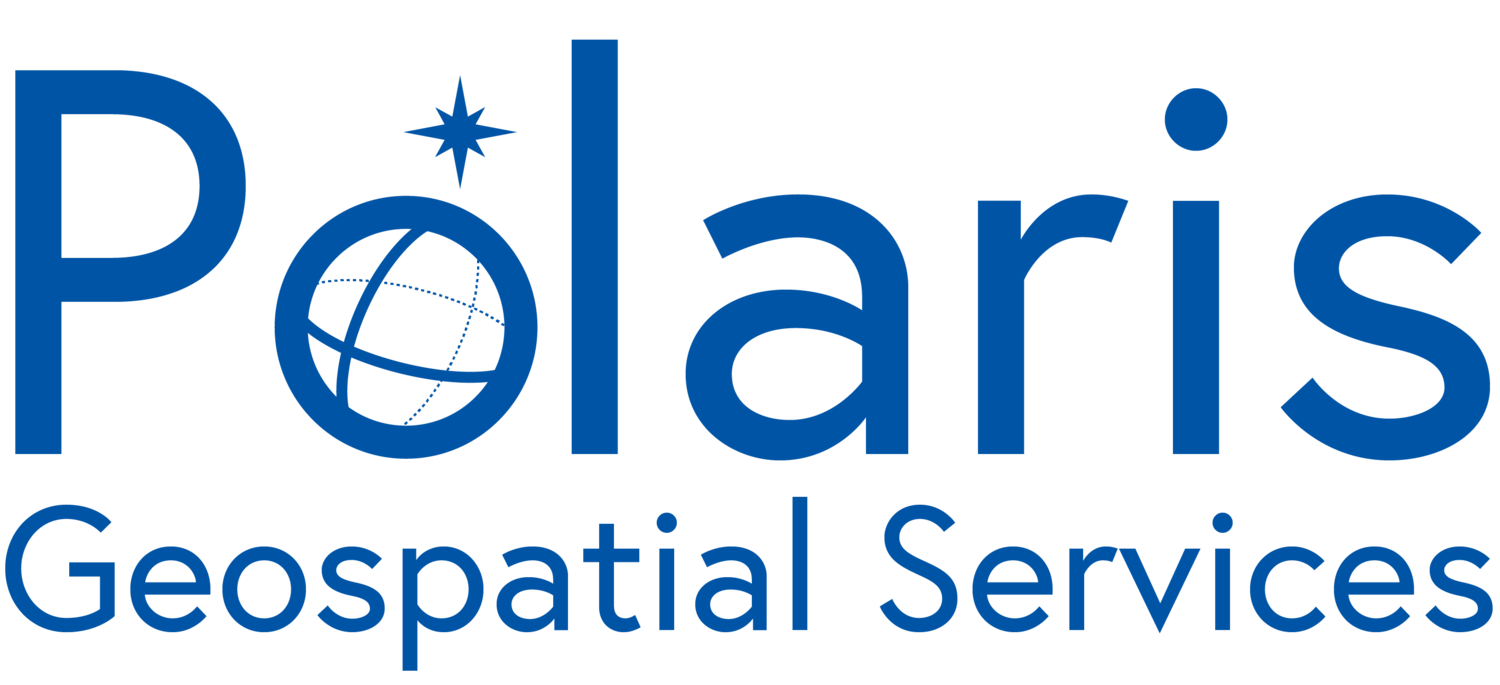
Resources
When I get a little money, I buy books; if any is left, I buy food and clothes. – Desiderius Erasmus
The team at Polaris Geospatial Services believes there is great value in sharing aspects of our knowledge and experiences with others. In that spirit, we have created this resources page with the intention of adding more content in the future.
Least-Squares Adjustments
Below are a few least-squares adjustment resources that may be of interest to students, surveyors, engineers, data analysts, and geoscientists.
OSU Geodetic Science report on network adjustments by Kyle Snow. This report focuses on estimating coordinates of GPS stations via a network adjustment and then applying classical hypothesis testing to validate the results of the adjustment. It provides a model to follow for estimating coordinates in CORS networks.
Textbook on adjustment computations. Primarily based on notes taken by Kyle Snow in courses taught at The Ohio State University by Burkhard Schaffrin, the notes have been expanded by Kyle over the years to form a book on theory and application of adjustment computations.
Fitting a 3D line to data by Kyle Snow and Burkhard Schaffrin. This presentation was given at the Annual Meeting of the Society of Industrial and Applied Mathematics (SIAM) in July 2014. It shows how to efficiently fit a 3D line to noisy data, including derivation of all relevant formulas and an example problem. A full paper was published at Studia Geophysica et Geodaetica, 60 (2016), 210-227
Learning LaTeX
Writing papers and reports in LaTeX results in very attractive and impressive documents, especially when mathematical formulas are involved. If you do not know how to use LaTeX, using the web-based program called Overleaf is a great way to get started. And Overleaf even has a subscription level that is free. The link below opens a read-only Overleaf project that Kyle Snow created to help LaTeX learners. Its content is mostly related to geodesy, but it can be used by anyone who wants to learn LaTeX.
